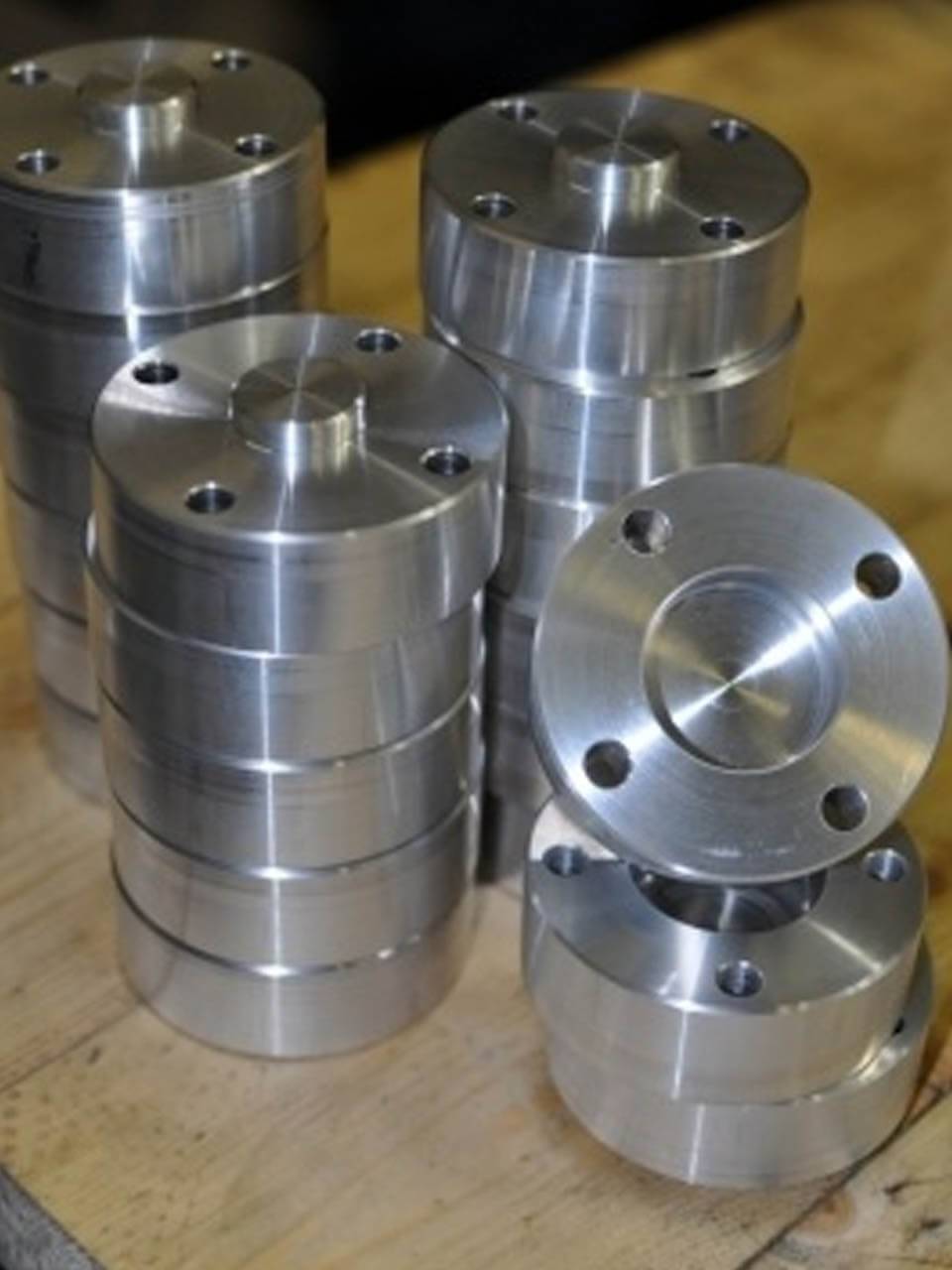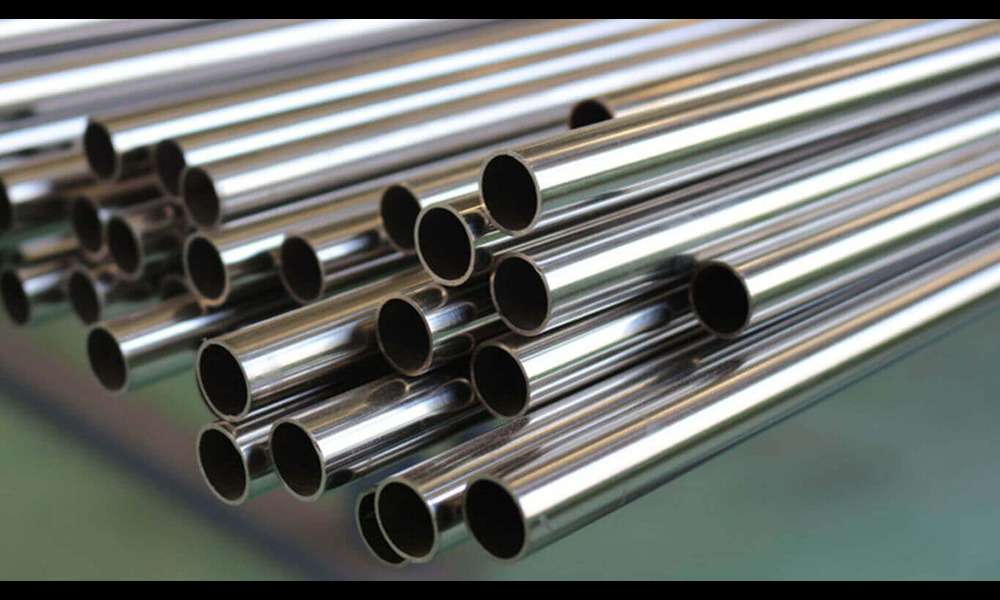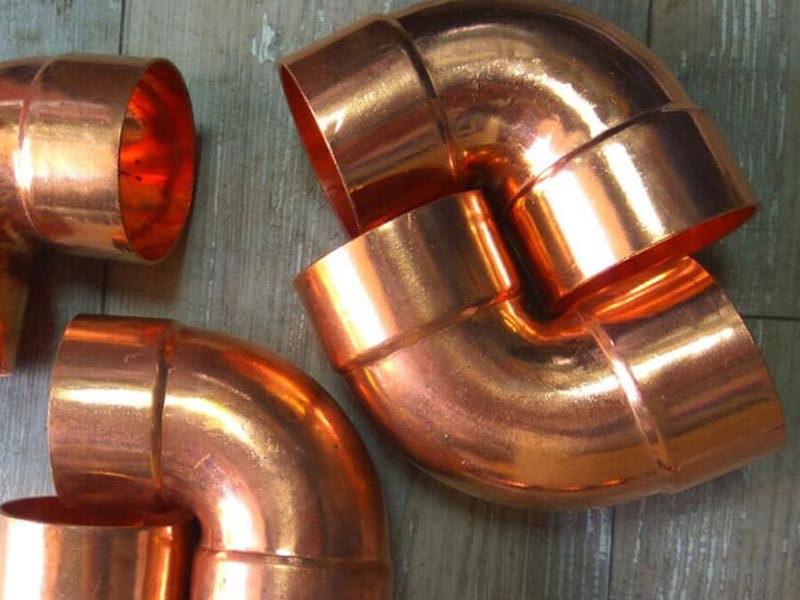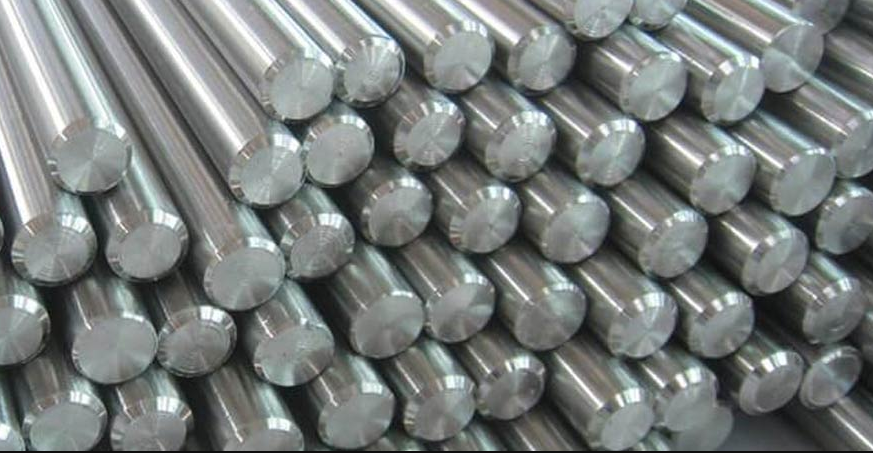Butweld fittings are the most commonly used form of pipe fittings in piping systems. They connect pipes of different diameters and are available in various materials. One specific type of buttweld fitting, CS buttweld fittings, has gained popularity due to their durability, strength, and excellent corrosion resistance. This blog post will compare buttweld fittings with their standard buttweld counterparts. We will look deeper at various features like material, manufacturing process, and cost to help you understand which option is best suited for your needs.
What are Carbon Steel Buttweld Fittings and Buttweld Fittings?
Carbon steel buttweld fittings are the most common type of SS pipes and are used for many general piping needs. These metals have excellent strength and corrosion resistance properties, making them ideal for use in industrial applications such as oil and gas pipelines. Buttweld fittings come in three main types: long-radius elbows, short-radius elbows, and concentric reducers. Long-radius elbows feature a sweeping bend along their length that reduces turbulence while still allowing air to flow smoothly through the pipe. Short radius elbows have a tighter bend which is good for tight spaces where airflow has to be maximized. Lastly, concentric reducers reduce the diameter of the pipeline at certain points so it can fit smaller pipes or other connections in systems with multiple diameters.
Difference Between Carbon Steel Buttweld Fittings And Buttweld Fittings
CS buttweld fittings and buttweld fittings are related terms, but they have different implications:
-
Buttweld Fittings
- General Term: “Buttweld fittings” is a broad term used in the piping and plumbing industry to describe a category of pipe fittings designed to be welded to the ends of pipes or tubes. These fittings are used to connect, modify, or terminate the flow of fluids in pipelines.
- Materials: Butweld fittings can be made from various materials, including carbon steel, stainless steel, alloy steel, and non-ferrous metals like copper and brass.
- Types: Various buttweld fittings, such as elbows, tees, reducers, caps, and crosses, each serving a specific purpose in piping systems.
- Joining Method: The defining characteristic of buttweld fittings is that they are designed to be welded to the pipe ends, creating a strong and leak-resistant connection.
-
Carbon Steel Buttweld Fittings
- Specific Material: “Carbon steel buttweld fittings” refers to a subset of buttweld fittings made from carbon steel. CS is popular for buttweld fittings due to its strength and affordability.
- Applications: They are commonly used in various sectors, including oil & gas, petrochemicals, power generation, and construction, where the cost-effectiveness and mechanical properties of carbon steel are advantageous.
- Carbon Content: Carbon steel contains a significant amount of carbon, which provides it with its mechanical strength but may also make it susceptible to corrosion, especially in harsh environments. Therefore, corrosion protection measures or corrosion-resistant coatings may be necessary in some applications.
In summary, “buttweld fittings” is a general term for pipe fittings designed to be welded to pipes. In contrast, “carbon steel buttweld fittings” refers to fittings made from CS. The choice between carbon steel and other materials for fittings depends on factors like the application, budget, and corrosion resistance requirements.







